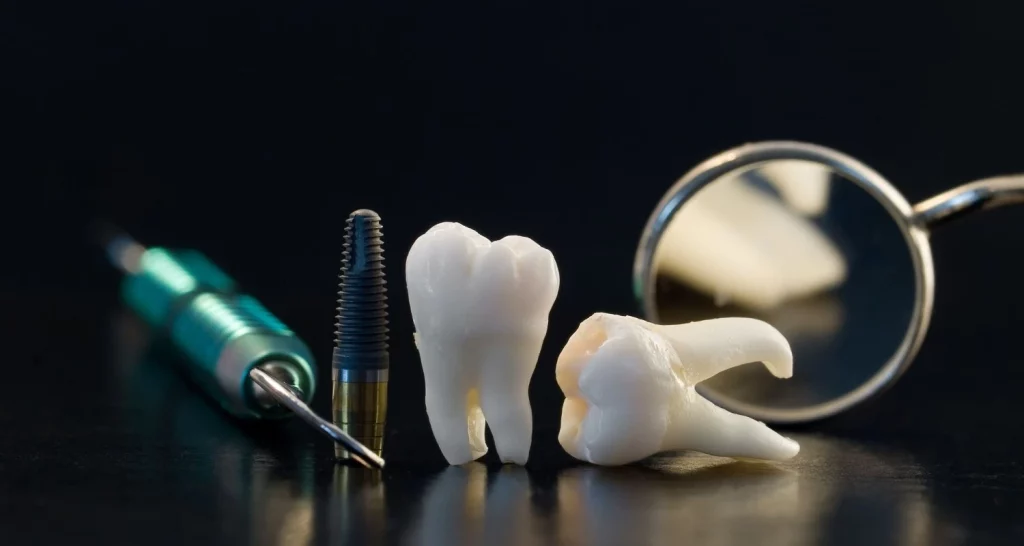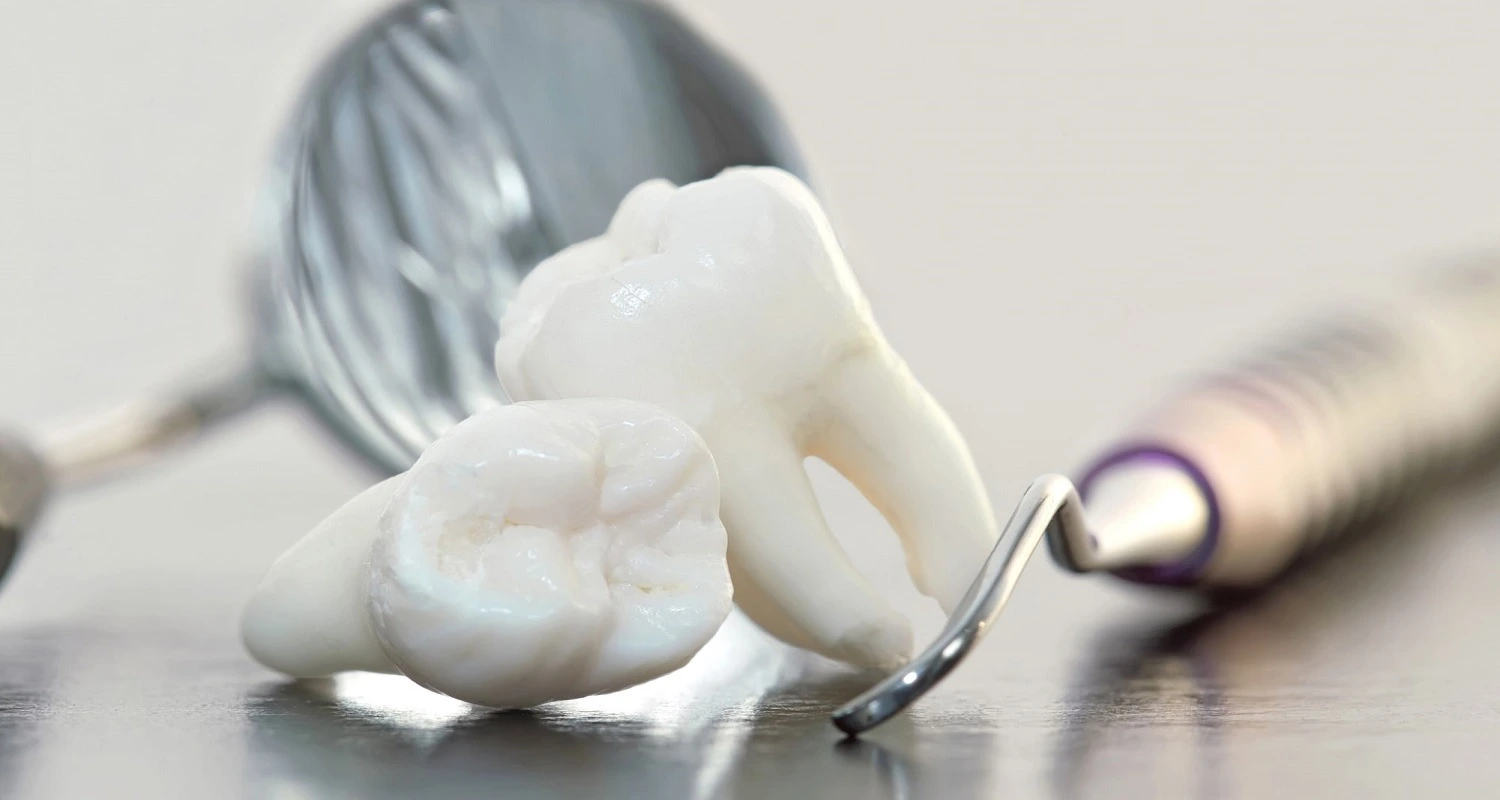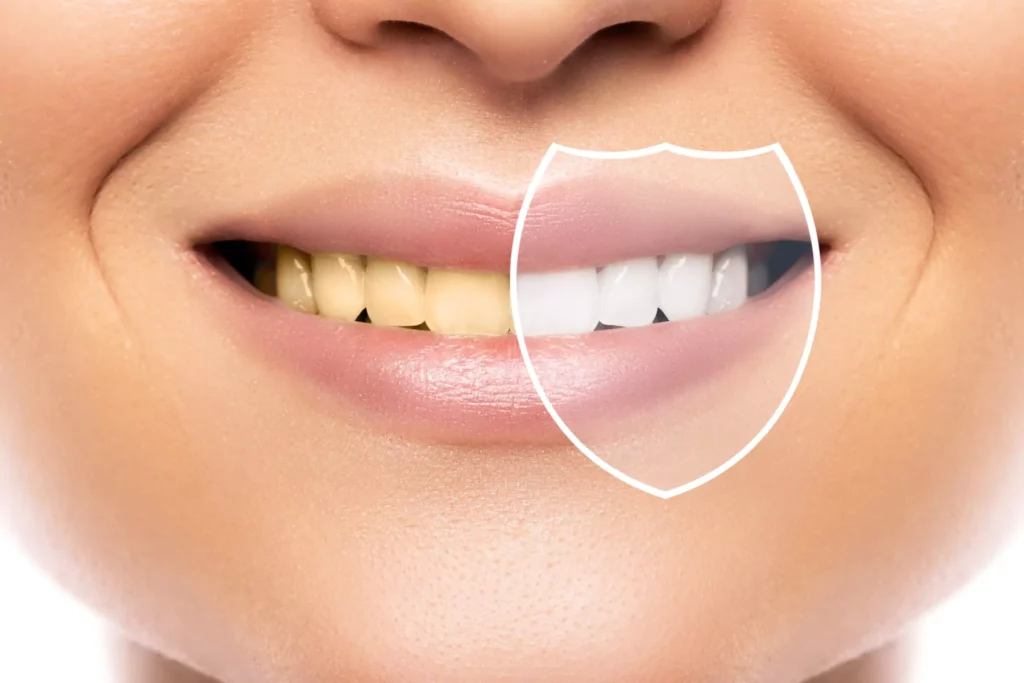Research conducted on the irrigating wisdom tooth socket that approximately 5% of individuals experience a condition known as dry sockets.
Regarding the extraction of wisdom teeth, the dry socket is recorded more frequently. Its incidence shows an index between 20 and 30% of extractions, which represents ten times more than in the rest of the extractions. In addition, people who smoke or consume tobacco are more prone to this situation in dental extractions.
When the wisdom teeth are impacted or their eruption does not show a correct path, extraction is necessary to preserve a good oral health condition and the integral well-being of the person.
This dental-surgical intervention requires some preparatory care for the extraction as well as after the intervention. This focuses on the irrigation and cleaning of the affected area to prevent complications and facilitate the healing process.
After the extraction of the wisdom tooth – also known as wisdom teeth or third molars – a blood clot forms in the empty socket that helps healing. If this does not develop or is lost prematurely, a case of dry socket occurs, a condition that dentists refer to as alveolar osteitis.
The clot that forms on the socket that housed the tooth is a layer that protects the bone and internal tissues from bacteria and infections. In addition, it fosters the conditions required for the development of new tissues (both bone and soft).
Dry risk factors
It is important to know what are the situations that can lead to dry sockets, in cases of tooth extraction:
• Traumatic extraction (complex) of the wisdom tooth
• Smoking or consuming tobacco.
• Having had a dry socket.
• Infections present in the extraction area
• Bad oral hygiene
• Not having adequate post-operative care
• Use of oral contraceptives.
What are the symptoms of irrigating wisdom tooth socket?
Some of the signs that warn of this post-extraction complication are:
• Intense pain a few days after surgery
• Pain that extends to the ear, eye, temple, or neck, on the same side as the extraction
• Bad breath or bad smell in the mouth
• Partial or total loss of the blood clot at the extraction site
• Unpleasant taste in the mouth
Why irrigate and clean the wisdom tooth socket?
Irrigating and cleaning the socket where the wisdom tooth was located is a necessary process that facilitates prompt recovery and healing. It also offers different benefits that affect oral health:
• It helps prevent infections since the alveolus is left open after surgery, facilitating the access of bacteria to the bone and internal tissues.
• Eliminates food residues that may have been trapped in the alveolus.
• Facilitates good oral hygiene during the post-extraction surgery stage.
• Promotes rapid and effective healing by providing a suitable environment for the creation of new tissue.
• Prevents the possibility of subsequent complications (alveolitis and infections).
• Reduces pain and inflammation after surgery.
How is the cleaning of the alveolus done?
To irrigate and clean the socket, a solution of warm salt water or a mouthwash prescribed by the dentist is used.
Gentle rinses should be done on the affected area that does not mistreat the area. It is important to do it according to the indications of the treating dentist.
An irrigation syringe with a liquid disperser that allows reaching the alveolus can also be used. Irrigate and clean the area, without damaging the blood clot that protects the area and facilitates healing.
Are there other postoperative care alternatives?
An alternative option to mouth rinses is the use of medicated dressings, after extraction. These dressings have antibacterial substances that protect the affected area, decrease pain, help prevent infection and speed healing.
Another possibility is the use of regular mouthwashes with disinfectant properties that help prevent infection and keep the area clean.
Although there are different options at hand to care for the socket of a wisdom tooth, the dentist’s guidelines should be followed, according to his assessment of the person’s oral health condition, the development of the subsequent extraction, and the possibility of complications, among other factors.
What are the possible complications after wisdom tooth extraction?
A dry socket is a frequent situation. It is accompanied by intense pain in the extraction area and an unpleasant sensation, a consequence of the premature loss of the blood clot that allows for the formation of new tissue.
The dry socket makes it difficult to eat and affects speech. In addition, the bone and internal tissues are vulnerable to bacteria and infections, a situation that can lead to osteomyelitis, a chronic infection of the oral cavity.
When should professional help be sought?
If a dry socket is suspected, dental care should be sought promptly to assess the situation and take necessary action.
Treatment may include placing a medicated dressing on the socket to relieve pain and promote healing. In addition, pain relievers and antibacterial mouthwashes may be prescribed to control pain and prevent infection.
After the extraction of wisdom teeth, it is essential to practice good oral hygiene. This involves gently brushing the teeth and tongue, avoiding rough treatment of the extraction area, and not touching the blood clot that has formed in the intervention area. This will allow a good evolution of the healing process.
When dealing with the discomfort of an irrigated wisdom tooth socket, you can try some effective home remedies to naturally alleviate the pain and promote healing.
Frequently Asked Questions
For how long should sockets be irrigated after wisdom teeth removal?
Sockets should be irrigated at least twice daily, preferably after every meal, until they have fully healed. This process may take several weeks (4-6) in some cases. Initially, a small amount of bleeding when first irrigating is not uncommon, but it will quickly subside.
How to irrigate sockets after wisdom teeth removal?
To irrigate the sockets, follow these steps:
1. Fill the syringe with warm tap water.
2. Insert the curved tip of the syringe into the extraction hole.
3. Gently push the liquid out of the syringe, allowing it to flush the socket slowly.
4. For each lower extraction area, use at least one full syringe.
5. If necessary, repeat the flushing process a couple of times until you no longer see any debris.
Is there a risk of dry socket from irrigating?
The primary purpose of irrigating is to remove food debris through a flushing action. However, it is essential not to use a WaterPik for this task. The force generated by a WaterPik can harm the delicate healing clot, increasing the risk of developing a dry socket.
Can irrigation dislodge the blood clot?
It is important to be cautious about irrigating with large amounts of normal saline (NS) and using suction on the socket. This process may wash away the fresh blood clot, and as a result, the bleeding may not reoccur in the socket.
Share:
References
1.Cochrane (26 September 2022) What treatments can be used to prevent and treat alveolar osteitis (dry socket)? / https://www.cochrane.org/es/CD006968/ORAL_que-tratamientos-se-pueden-utilizar-para-prevenir-y-tratar-la-osteitis-alveolar-alveolitis-seca
2. García Montagne Tamara (February 20, 2023) Dental alveolitis: what it is, types, symptoms and treatments / https://www.dentaly.org/es/odontologia-general/alveolitis-dental/
3, Mayo Clinic (January 25, 2017) Dry socket / https://www.mayoclinic.org/diseases-conditions/dry-socket/symptoms-causes/syc-20354376
4.MedlinePlus (November 11, 2022) Dry socket / https://medlineplus.gov/ency/patientinstructions/000780.htm
5.Torres-Lagares D, Serrera-Figallo MA, Romero-Ruíz MM, Infante-Cossío P, García-Calderón M, Gutiérrez-Pérez JL. (February 2005) Dry socket. Concept update. Oral Medicine, Oral Pathology and Oral Surgery / https://scielo.isciii.es/scielo.php?script=sci_arttext&pid=S1698-44472005000100011
6.Wajdowicz Michael (October 2022) Complications after dental treatment / https://www.msdmanuals.com/es/hogar/trastornos-bucales-y-dentales/urgencias-dentales/complicaciones-despu%C3%A9s-del-tratamiento-dental
7. Watson Stephanie (Abril 22 de 2022) An Overview of Dry Socket / https://www.webmd.com/oral-health/dry-socket-symptoms-and-treatment
-
Nayibe Cubillos M. [Author]
Pharmaceutical Chemestry |Pharmaceutical Process Management | Pharmaceutical Care | Pharmaceutical Services Audit | Pharmaceutical Services Process Consulting | Content Project Manager | SEO Knowledge | Content Writer | Leadership | Scrum Master
View all posts
A healthcare writer with a solid background in pharmaceutical chemistry and a thorough understanding of Colombian regulatory processes and comprehensive sector management, she has significant experience coordinating and leading multidisciplina...


















